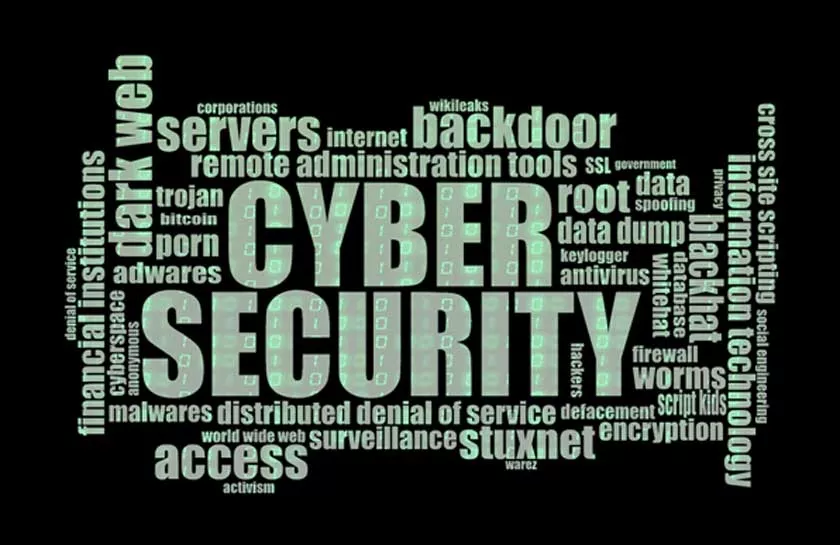A recent survey of federal government cybersecurity workers conducted by MeriTalk revealed that end-users are hesitant to follow data security protocol because of the obstacles in meeting deadlines.

Hence, most employees tend to evade stringent data security principles that can pose a considerable risk to data security. Respondents indicated their frustration on the number of cumbersome security policies that take a toll on their productivity.
How to Strike a Balance Between Compliance and Productivity
These troublesome, obstructive and time-consuming protocols are generally not implemented by a vast majority of staff. On the contrary, only 31% use some form of data security once a week.
In addition to posing a risk to data security, these respondents were unaware of the various compliance processes laid down by cyber professionals to avoid dangerous data leaks. The report reveals that the more compliant a company is, the stronger its data security could be.
This means that better compliance could lessen the risk of a damaging data leak, which brings us to the issue on what can be done to strike a balance to satisfy both sides.
One of the most significant issues that employees complain about is the use of multiple sign-ons that delay deadlines. One recommendation for IT security teams in companies is to migrate to a single sign-on system (SSO).
While the majority of cyber professionals agreed that this change could be achievable and ensure that efficiency and productivity could be met without endangering their company, it can actually be a poor idea.
This is because a single sign-on could mean that users can log into one system and have a single point of One of the most significant issues that employees complain about is the use of multiple sign-ons that delay deadlines.
One recommendation for IT security teams in companies is to migrate to a single sign-on system (SSO). While the majority of cyber professionals agreed that this change could be achievable and ensure that efficiency and productivity could be met without endangering their company, it can actually be a poor idea.
This is because a single sign-on could mean that users can log into one system and have a single point of entry (and therefore weakness) to automatically accessing other systems that are part of the single sign-on system.
Regardless of whether a data breach is due to human error or purposeful intent, IT security teams must have the capability of identifying the individual activities at the time of accessing the data when the data breach took place.
In fact, one study conducted by Symantec and the Ponemon Institute, revealed a vast majority of data breaches take place due to human error.
Hence, if an individual has accidently exposed their single login information, IT security teams may not be able to recognize that multiple systems have been instantly compromised, thus making it almost impossible to avoid data breaches or prevent such occurrences from taking place.
Besides, most data breaches could remain undetected for weeks or months after the incident. Moreover, once they are detected, it could take a good deal of time to understand the details. Unfortunately, it takes just one data leak to cost a firm millions of dollars.
Every company carries vital and sensitive information, yet their exposure to privileged users and third-party vendors can place their data at risk. In spite of privileged users who have access to servers and often confidential or sensitive documents, most security managers are at a loss on the kind of actions they take on accessible data.
Security tools and log analysis solutions are incomplete data security tools and do not provide granular use of activity, simply because these systems do not have such features.
Although they can analyze which documents or applications were accessed, they do not offer any relevant information on the kind of activity on it. This colossal blind spot in privileged user surveillance can bring down systems or breach data, whether purposefully or unintentionally.
A digital rights management solution can log whether documents were opened and printed. It can strike a balance between the productivity of end-users while fulfilling data security by revealing who is doing what and when. For instance, you can set up a DRM control to check each time a user is accessing a specific document that you have shared.
Organizations must take the initiative to impart training to end-users on permissible actions while accessing data – such as copying, editing, printing and more.It is seen that individuals are more aware of their behaviour when they know they are being watched, and that can reduce chances of human error and substantially prevent purposeful wrongdoing. All this while, your IT team can ensure that productiveness is a priority while staying equally compliant.
In addition, your organization’s data security becomes more effective with DRM’s access controls, ensuring documents can only be used in a specific manner (i.e. cannot be edited or printed). In additions, you can immediately revoke access to a particular document or user or have documents automatically expire after a period of time or use.
These are just some of the basic features that document DRM provides; there are numerous unique features and capabilities of a digital rights management solution that can work towards making your data security policies more compliant.
By striking the right balance between data security and compliance, it can ensure that your employees’ productivity is not compromised while eliminating harmful workarounds.
